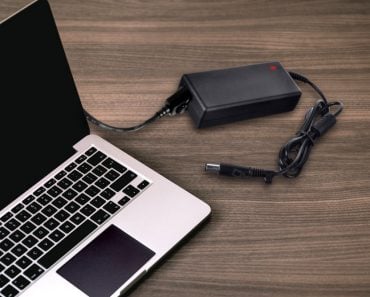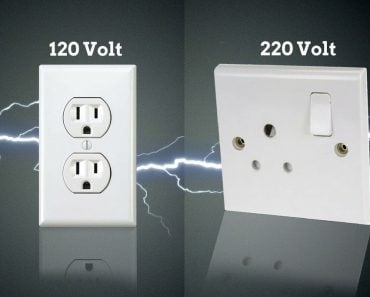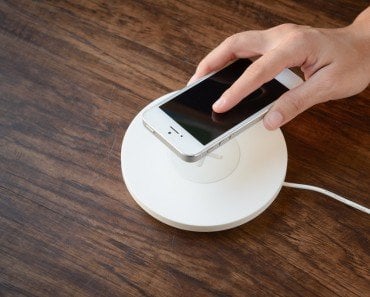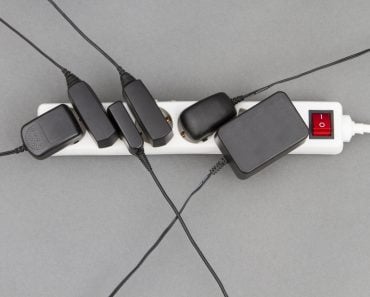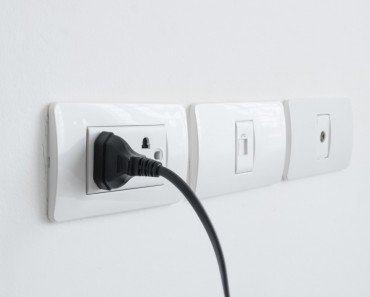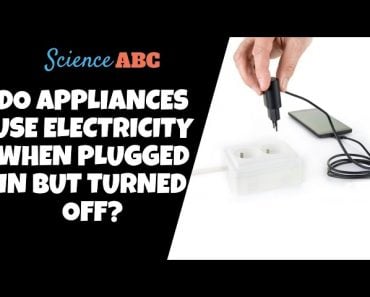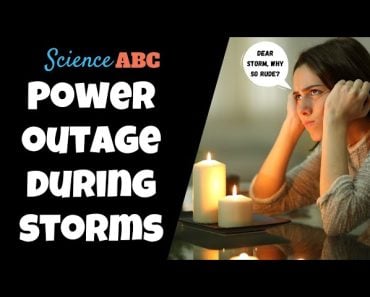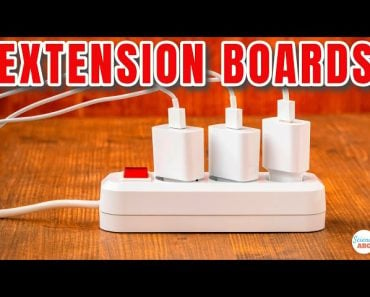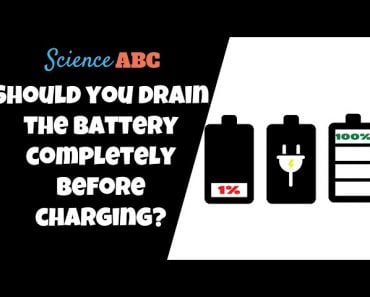Table of Contents (click to expand)
A 2-pronged plug does the job of providing electricity to your appliances, but it fails to provide the safety that 3-pronged plugs offer.
While writing an article recently, my laptop’s battery level dipped under 20%. Naturally, I reached for the charger. Now, my laptop and mobile charger were right next to each other, and since I was in a curious mood that day, it made me think: Why do the two chargers look so different? Specifically, why does my laptop’s charger have a three-pronged plug, while my phone charger’s plug has two?
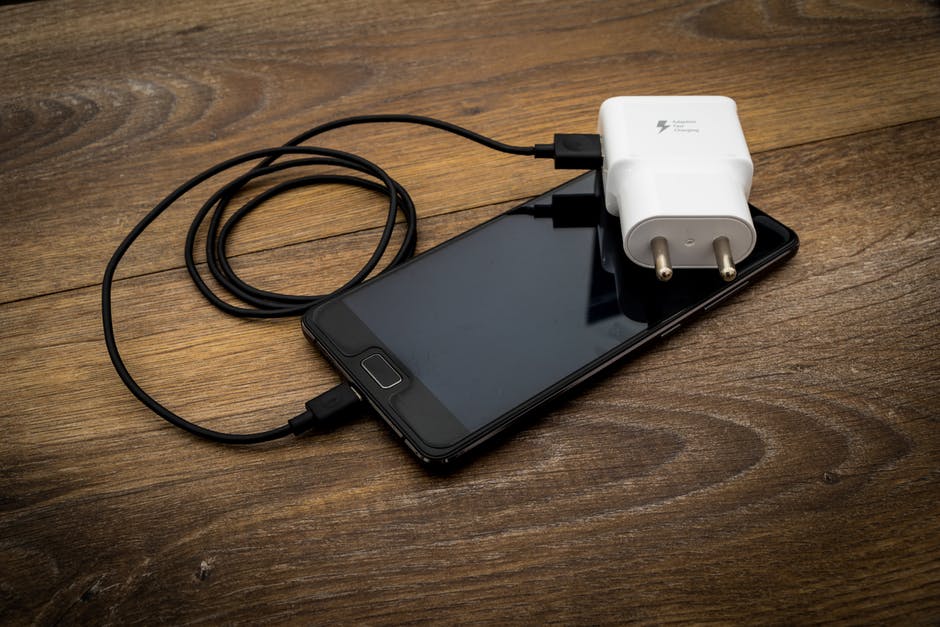
The first thought that popped into my mind was that since the laptop requires more power, more prongs must be required. The answer, however, obviously couldn’t be that simple.
To understand what causes this disparity in the number of prongs, we need to take a look at what these prongs are and why the three-prong design is the norm for plugs today.
Recommended Video for you:
A brief history of household electricity
Electrical appliances have become so ingrained in our daily lives that we often take for granted how truly amazing the concept of everyday electricity is.
The electricity we use in life is generated from sources like coal, oil, wind, and more. We harness the power of the elements of nature and use it to wash our clothes and iron them after, toast our bread, straighten our hair, and so much more. Appliances that once felt like signs of the future a few years ago now feel mundane.
Thomas Edison was the first person to figure out a way to supply affordable electricity to households for everyday use. During his era, light bulbs only lasted for a few minutes, so he created a bulb whose filament was in a vacuum, so it wouldn’t burn out.
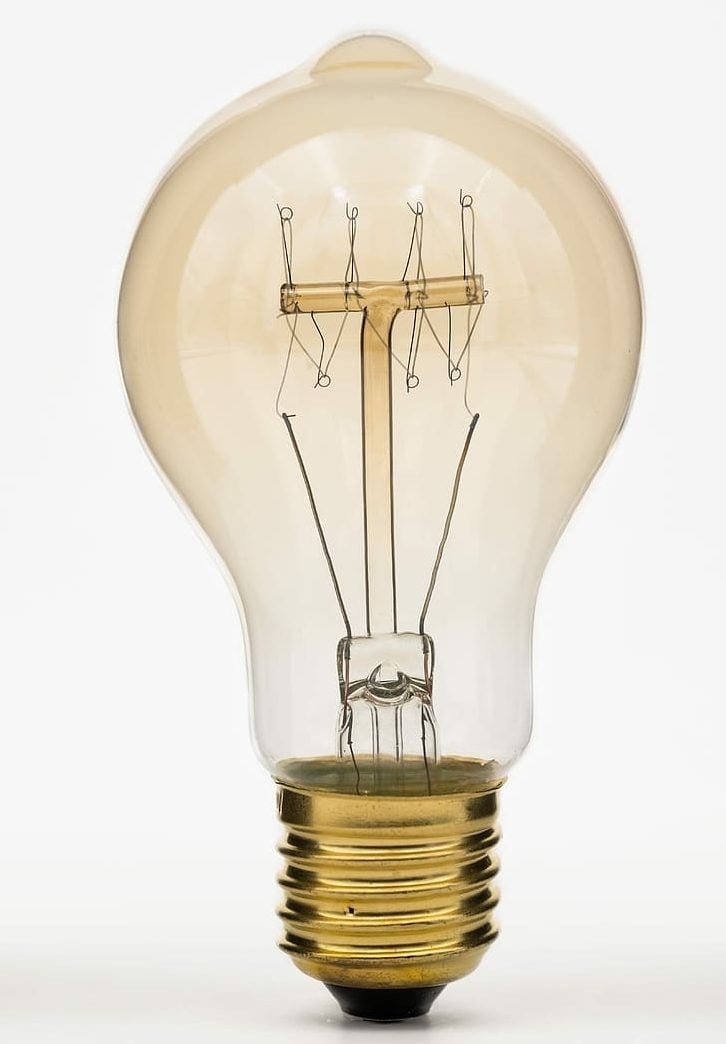
After inventing the modern-day bulb, Edison set up the first electric station in the world in order to supply electricity to these bulbs in households. This was the Pearl St. Plant in New York City, and it supplied 110 Volts of Direct Current (DC).
If you know a bit about electricity, you probably know that supplying DC to households wasn’t really a sustainable idea. The resistance in the wires from the power station to the houses made them unable to transmit DC over long distances. This is where Nikola Tesla entered the picture.
Tesla patented the system of Alternating Current (AC) in 1887, claiming that this would cover the shortcomings of DC. Edison refuted this, and a “War of the Currents” ensued. This war, however, ended with Tesla as the victor, when he used Niagara Falls’ mechanical energy to generate alternating current and provided electricity to cities hundreds of miles away.
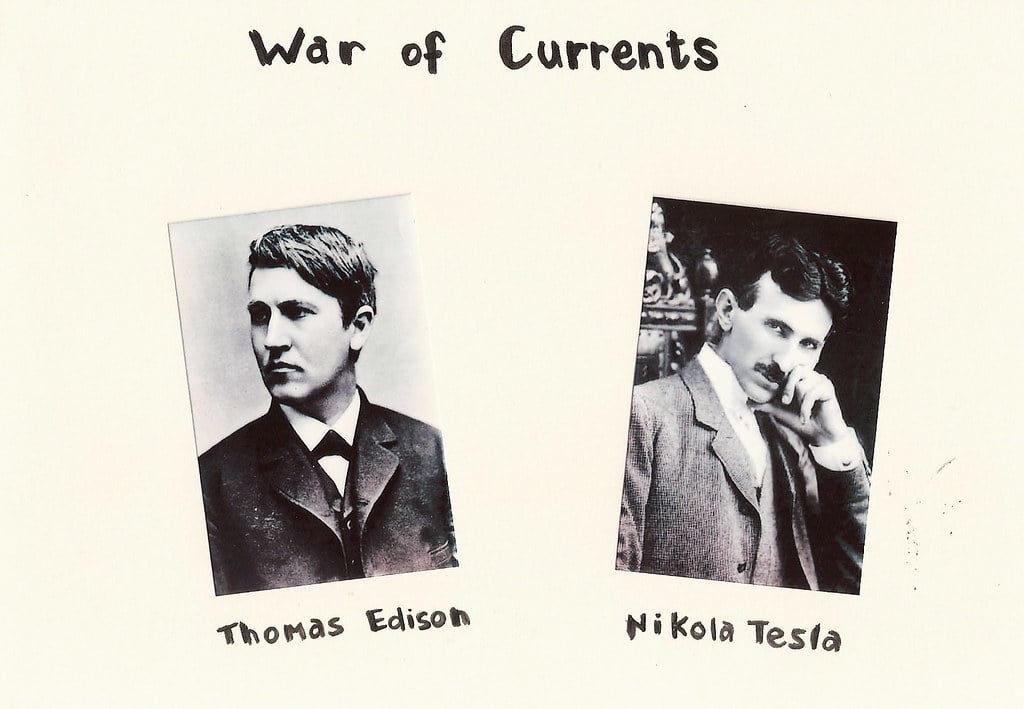
The Westinghouse company, owned by George Westinghouse, bought Tesla’s patent, as they believed it was the future of long-distance power transmission. Their bet turned out to be a wise one.
However, once we had figured out a way to supply electricity to houses, how could we use it to power anything but electric bulbs? How could we harness this electricity to power household appliances?
The invention of the plug
Inventors came up with various ways to connect appliances directly to a house’s power supply, but this method posed a few safety hazards, to say the least. Connecting an appliance in this way put not only the appliance, but also its user, at great risk.
To solve these problems, Harvey Hubbell designed a “Separate Attachment Plug” in 1904, so that users wouldn’t have to deal with live wires. He then went on to improve this design and invented a plug with two parts: a portion that would be left in the socket, and another portion in the form of a two-pronged plug that would separate from the socket. This is the original design for the modern-day two-pronged plug.
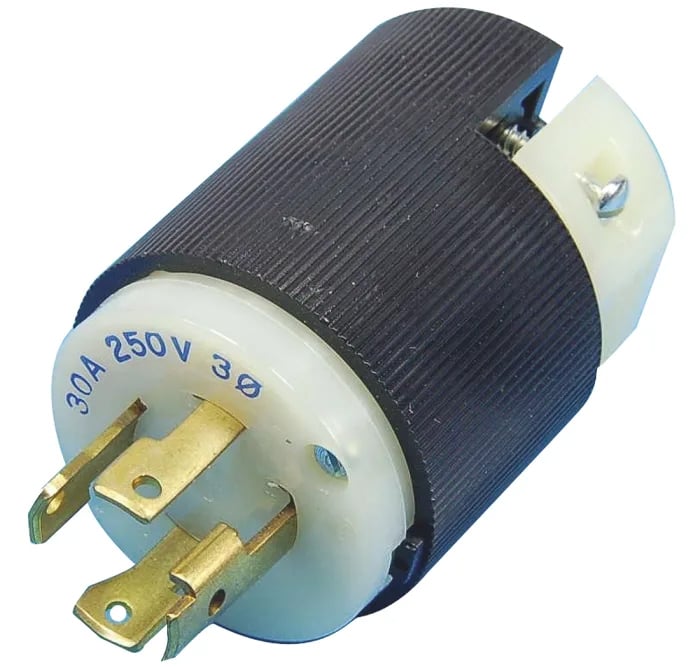
In 1928, Philip F. Labre designed the three-pronged plug. This plug has largely replaced the two-pronged plug as the norm in modern households. Or at least, it has become the choice in households that value safety or have undergone a safety check at some point in the last decade.
Why exactly is this? Well, that’s the answer this article is seeking, and for that, you need to know exactly how a plug works.
What do prongs do?
In a typical two-pronged plug, one prong is connected to the live wire, while the other is connected to the neutral wire. The live wire carries current into the appliance, whereas the neutral wire carries residual current back from the appliance to the circuit.
This two-prong design, however, poses certain safety hazards. In case excess energy flows through this plug, it starts looking for alternate routes to dissipate from. The route that offers the least resistance would allow the highest amount of electricity to flow through it. This is known as the “path of least resistance”.
So, if a short circuit occurs for whatever reason in a two-pronged plug, the person holding the plug becomes the path of least resistance. This causes the person to suffer an electric shock, which could easily end up being fatal.
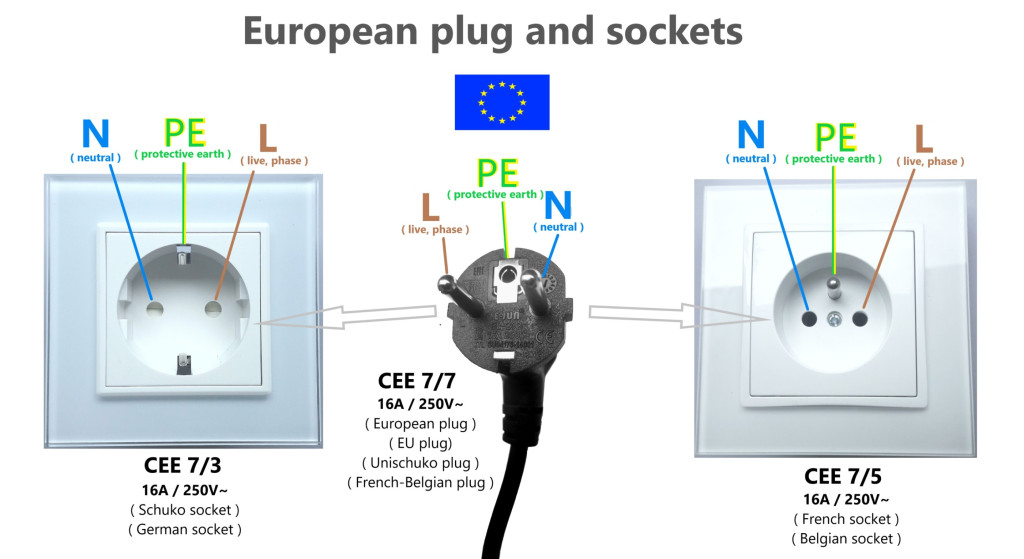
To prevent this, a third prong is placed in the plug, known as the grounding prong. As the term suggests, this prong allows the excess electricity to flow through the grounding wire and into the Earth, where any damage it could cause is nullified.
Since this alleviates most risks that everyday electricity poses, three-pronged plugs simply make more sense to use. If that is the case, why is my phone charger still two-pronged?
Why is my phone charger a cuboid?
Modern mobile phone chargers are designed to withstand most short circuits. Moreover, they simply don’t draw enough current to pose excess current hazards. Laptop chargers, on the other hand, require more caution.
So, in case you’ve ever wondered why your phone charger isn’t triangular like the one you use for your laptop, just remember that you have Nikola Tesla to blame for it.
References (click to expand)
- The Current Wars. Rutgers University
- First US Detachable Electric Plug – Today in History. Tory.Org
- US1672067A - Grounding receptacle and plug. Google Patents
- What You Need To Know About Electrical Outlet Types. Coyne College
- Grounding Electricity | Ohioline - The Ohio State University. Ohio State University
- A Powerful History: The Modern Electrical Outlet. University of Southern California
- Myth Buster-Topsy the Elephant. Rutgers University
- Household Electric Circuits. Georgia State University

